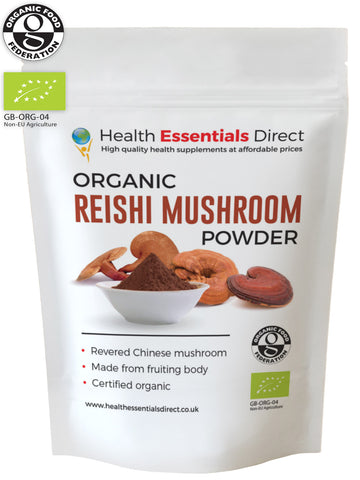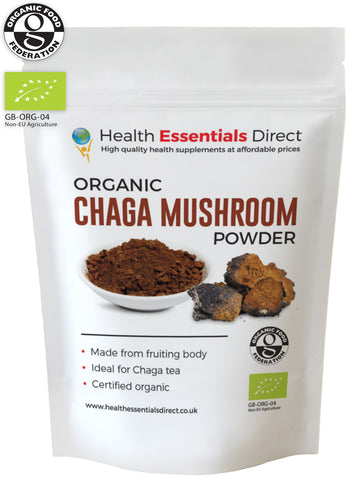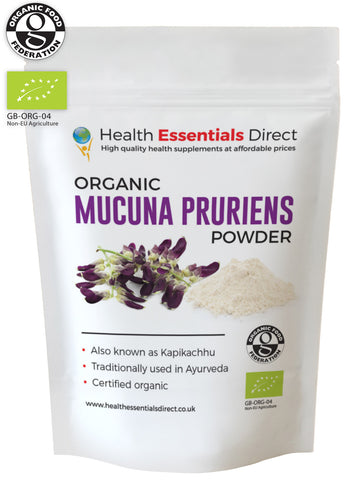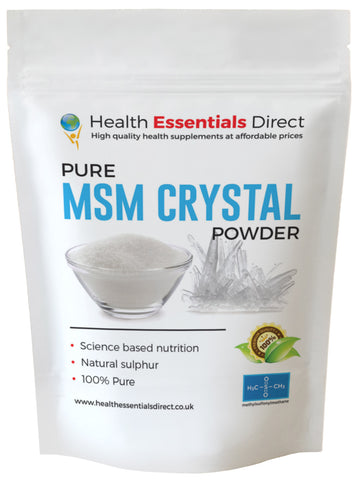Organic Sea Buckthorn Powder (Rare Omega 7, Super Fruit)
2Organic Sea Buckthorn Powder
-
Perfect for Sea Buckthorn Tea
-
Contains Rare Omega 7
-
Certified Organic by Organic Food Federation
About Sea Buckthorn Powder
Sea buckthorn (Hippophae rhamnoides L.), which is the source of sea buckthorn berries, is a tough bushy plant with a far-reaching root system. Some of the common terms used to refer to sea buckthorn include Siberian pineapple, seaberry, sandthorn, and swallowthorn. The term "Hippophae" is a Latin term which refers to a "bright, shiny horse". Sea buckthorn berries are native to Europe, especially in the north-western part. The plant is cultivated in huge proportions in Central Asia, especially in high elevations e.g. the Altai Krai in Russia, the Altai Mountains in Mongolia, and the Himalayas mountains in Nepal and China. The sea buckthorn plant can easily survive in marginal lands e.g. deserts, where the soil has relatively poor characteristics. This is majorly due to the minimal requirements for its growth.
The deciduous shrub mostly occurs across the sea and coastline hence the name. The sea buckthorn berries, which are borne by the female plant, are yellow in shape, with a waxy coating on top. The shrub has plenty of thorns to protect the fruits from unnecessary interruption from animal and birds. The plant can grow to a height of between 2-4m. The glossy leaves, waxy coating, and thorny branches and stems also aid in reducing water loss in arid and semi-arid environments. Sap obtained from the buckthorn berries was a common ingredient in different cuisines in both Europe and Asia. It was mostly used to come up with nutritional teas.
Sea buckthorns have a vast history in ancient Greece. Their first recorded use dates back to more than 3,000 years ago. Before they were tried out by human beings, it was used as fodder to horses. The natives believed that it helped bring out a bright coat and a seemingly healthy weight gain. The plant features quite a lot during the reign of Alexander the Great, who ruled over the kingdom of Egypt. While the warriors were on the battlefield, they observed that their horses preferred taking berries from a specific tree. They would then regain their vigour and strength within a short while of taking these berries. The warriors also decided to take the fruits to see if they would benefit similarly. The shrub was then introduced in Europe when it gained popularity relatively fast. Other parts of the sea buckthorn plant which were put to use include the leaves and branches. They were mostly used as fodder for livestock and additives for various dishes, juices, and liquor.
Also, there are popular tales on how Tibet monks interacted with and popularized sea buckthorn berries in the Himalayas region. They would add the berries in the concoctions they took before and after their meditation sessions. Chingishan, who ruled over the Mongolian empire in the 1200s, stated that sea buckthorn berries formed part of the building block of the empire. The 3 pillars he highlighted consisted of a well-coordinated battalion, profound self-discipline, and the sea buckthorn. The belief was that the plant formed the backbone of the society since it was at the centre of providing natural remedies and nutrition to the locals.
- Please note it is against MHRA guidelines for us to talk about any potential health benefits for this supplement however a quick google search on the potential benefits and you may be surprised.
How To Use
We recommend taking 1 - 2 tablespoons daily, can be added to smoothies, foods, yogurt or made into a hot tea.Share this Product
- Reviews
- Questions
Real Sea buckthorn
All good. The same taste as I know from my birth country
Buckthorn tea
Am enjoying a daily cup of Buckthorn tea. Delicious, distinctively flavoured. Not using the recommended amount of 1-2 tablespoons as that feels far too much. 2 heaped teaspoonfuls seems perfect.







